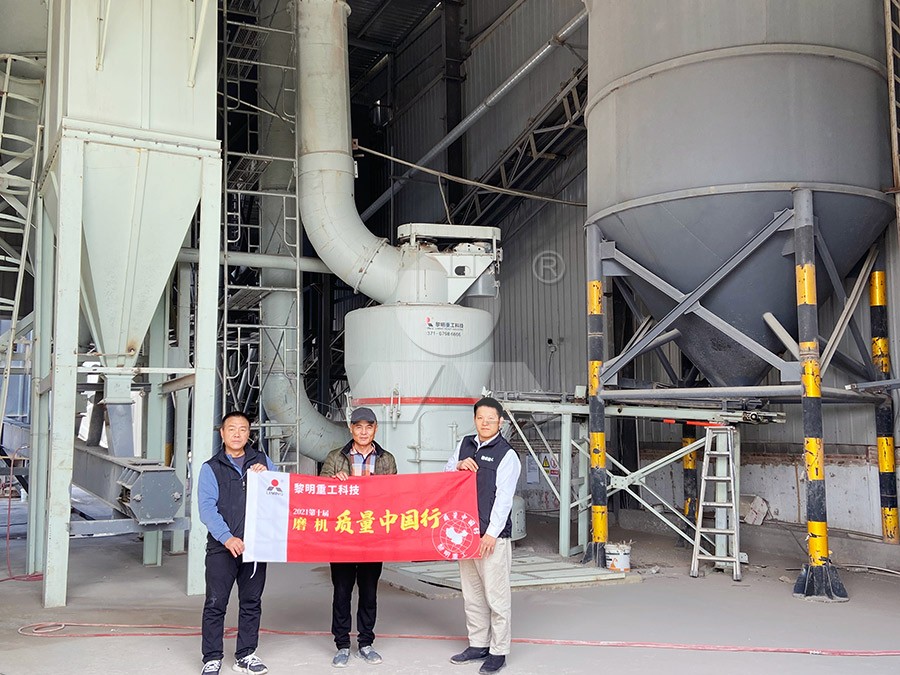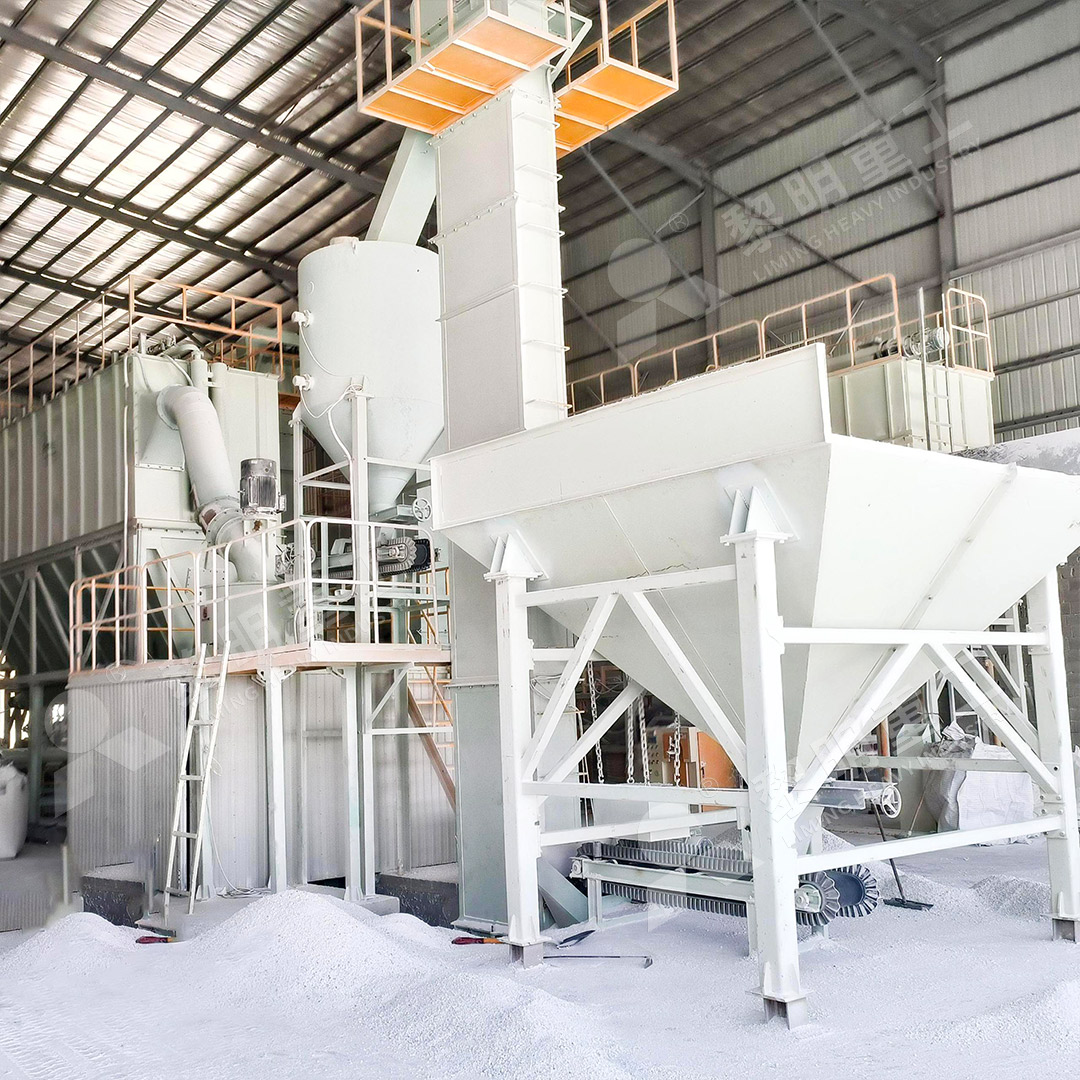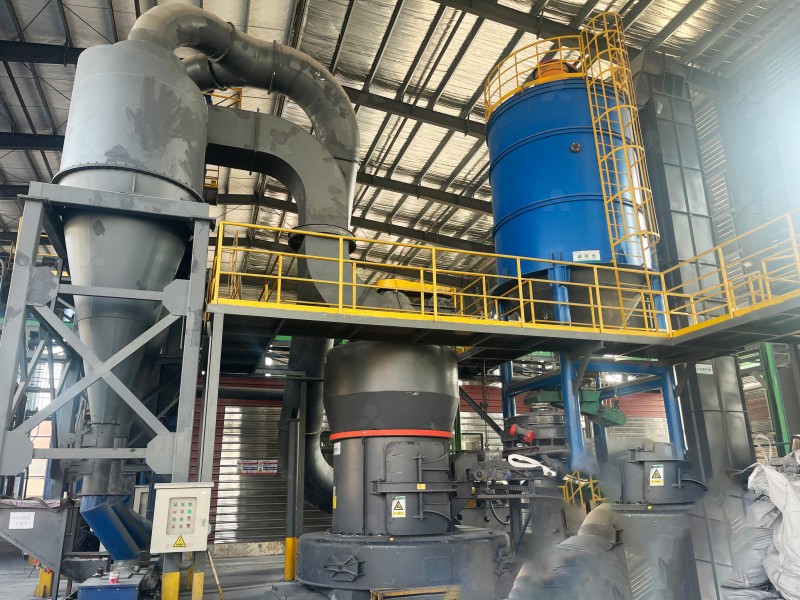Small Ore Grinding Mill for Laboratory Use
Small Ore Grinding Mill for Laboratory Use
Laboratory-scale ore grinding represents a critical step in mineral processing research and development. These compact mills enable researchers to simulate full-scale production conditions while requiring minimal sample quantities. The selection of appropriate laboratory grinding equipment directly impacts the accuracy of metallurgical testing, process optimization, and feasibility studies.
Modern laboratory grinding mills have evolved significantly from basic designs to sophisticated systems that mirror industrial-scale operations. The key challenge lies in maintaining particle size distribution accuracy while working with small sample sizes. This requires precise control over grinding parameters and consistent performance across multiple test runs.

Essential Considerations for Laboratory Grinding
When selecting a laboratory grinding mill, several factors demand careful consideration. The feed size capacity must accommodate typical sample dimensions, while the throughput should align with laboratory workflow requirements. Equally important are the fineness control capabilities, which determine how precisely researchers can achieve target particle distributions.
Noise reduction and dust containment represent critical safety considerations in laboratory environments. Modern mills incorporate advanced sealing systems and noise dampening technologies to maintain comfortable working conditions. The ease of cleaning between samples also affects cross-contamination risks and testing accuracy.
Advanced Laboratory Solutions
For laboratories requiring ultra-fine grinding capabilities, the MW Ultrafine Grinding Mill offers exceptional performance in compact dimensions. With an input size range of 0-20 mm and capacity of 0.5-25 tph, this system provides industrial-grade precision scaled for research applications. Its innovative design eliminates rolling bearings and screws from the grinding chamber, significantly reducing maintenance concerns common in laboratory settings.
The MW Ultrafine Grinding Mill achieves adjustable fineness between 325-2500 meshes through German cage-type powder selector technology. This precision enables researchers to replicate various industrial grinding scenarios with remarkable accuracy. The integrated pulse dust collector ensures dust-free operation, while the muffler system maintains noise at acceptable laboratory levels.

Vertical Grinding Technology for Research
Vertical grinding mills present another excellent option for laboratory applications. The LUM Ultrafine Vertical Grinding Mill combines Taiwanese grinding roller technology with German powder separation systems in a compact footprint. With 0-10 mm input size capacity and 5-18 tph throughput, this mill suits laboratories focused on advanced materials research.
What sets the LUM mill apart is its reversible structure, allowing easy access to grinding components for cleaning and maintenance. The double position-limiting technology ensures operational stability during extended test runs, while the multi-head powder separating technology enables rapid switching between different production demands.
Practical Laboratory Implementation
Successful laboratory grinding operations require more than just selecting the right equipment. Proper sample preparation, consistent operating procedures, and regular calibration all contribute to reliable results. Laboratory technicians should establish clear protocols for feed rate control, grinding media selection, and product collection.
The transition from laboratory results to industrial scaling depends heavily on the consistency and repeatability of grinding tests. Modern laboratory mills with digital control systems provide the data logging capabilities necessary for comprehensive analysis and accurate scale-up calculations.

Frequently Asked Questions
What minimum sample size can laboratory grinding mills process?
Most modern laboratory mills can effectively process samples as small as 100 grams while maintaining particle distribution accuracy, though optimal results typically require 500 gram to 1 kilogram samples.
How important is dust control in laboratory grinding operations?
Extremely important. Beyond health and safety concerns, dust contamination can compromise test results. Modern mills like the MW series incorporate efficient pulse dust collectors that eliminate dust pollution during operation.
Can laboratory mills achieve the same fineness as industrial-scale equipment?
Yes, advanced laboratory mills can match industrial fineness specifications. The MW Ultrafine Grinding Mill, for example, achieves fineness between 325-2500 meshes, comparable to many industrial applications.
What maintenance requirements should laboratories anticipate?
Modern designs significantly reduce maintenance needs. The MW Ultrafine Grinding Mill’s elimination of chamber bearings and screws minimizes common failure points, while external lubrication systems enable maintenance without shutdowns.
How do laboratory results translate to full-scale production?
With precise control over grinding parameters and consistent operation, modern laboratory mills provide highly accurate scale-up data. The key lies in maintaining identical operating principles between laboratory and industrial equipment.
